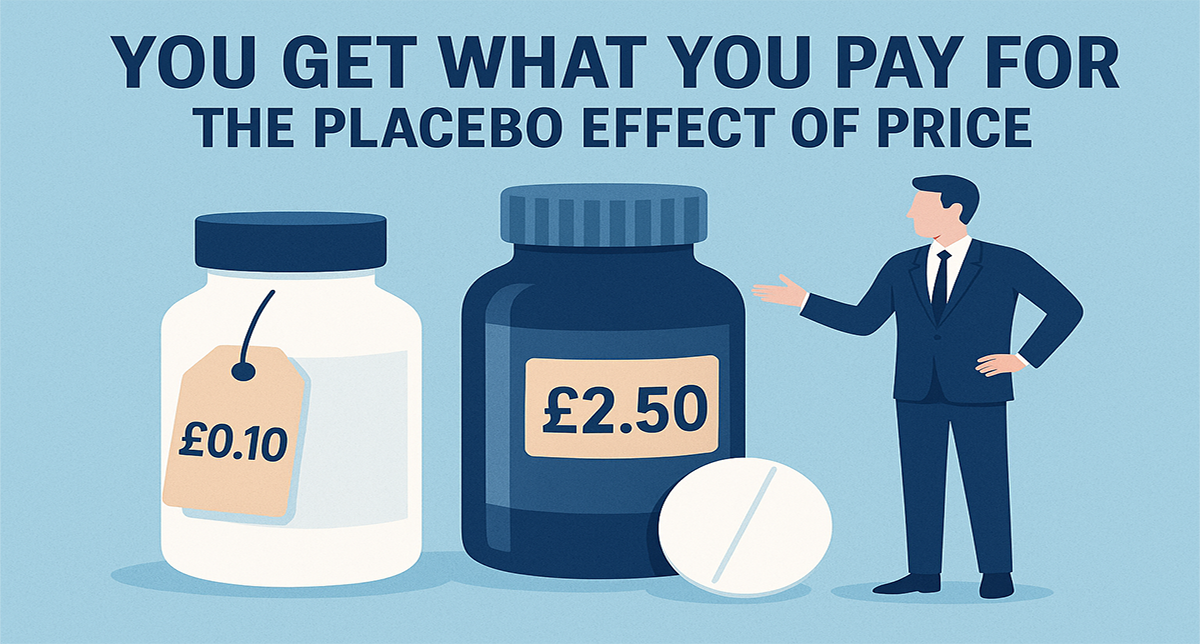Base rate fallacy or base rate neglect is the tendency for people to mistakenly judge the likelihood of a situation by not taking into account all relevant data. Don't think "99% accurate" means a 1% failure rate. There's far more to think about before you can work out the failure rate.

Lots of brands exploit the Base Rate Fallacy. For example, when Apple stated that their products were made with 50 percent more recycled material last year, what they actually meant was that 18% of the material in its fiscal 2021 products was recycled or renewed, a 50 percent jump from the previous year's 12 percent.
If you thought 50% of the materials used by apple were recycled, then you failed to account for an earlier premise (50% of the previous years increase), and you committed the Base Rate Fallacy.
There are a lot of opportunities relating to base rate fallacy in-store and online. But you need to be careful not to confuse shoppers or have them distrust you.
Whiter than white
When comparing your environmental numbers against those of your competitors, instead of you appearing to offer a weaker sustainability credential (because you are too honest), highlight where your competitors are exploiting this bias.
Don’t be too white
If there is a better way to communicate a sustainability number or brand aspect then do so. In other words, being totally honest is good, but don’t be over-honest. Communicate with shoppers in the most effective but ethical ways possible, utilising base rate fallacy for good, not bad.
Base rate in context
Provide shoppers with context so that your base rate examples look as attractive and appealing as possible. For example, “Buy 3 get 1 free” Whisper buy 3 (that’s the instruction or order) and shout get 1 free.
Due to the current accountant lead nature of retail, base rate fallacy is a very, very big opportunity and potential problem. Examine the sustainability related numbers you communicate to shoppers and then look at them in relation to base rate fallacy. Could you be doing things better? Or are you misleading shoppers?

.jpg)




